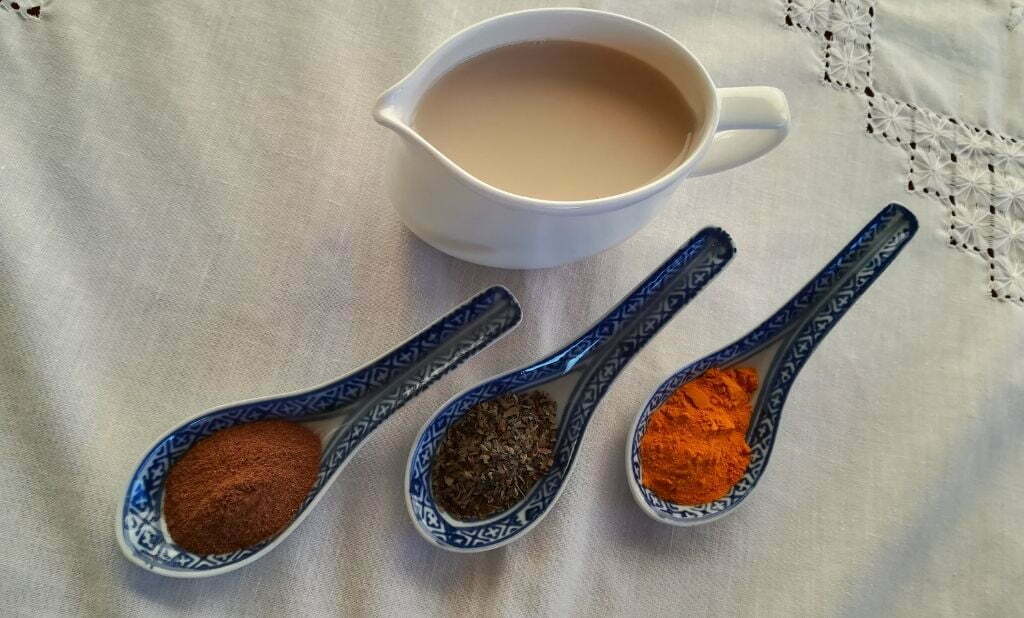
Unlike homemade nut milks that are a delight, cereal plant milks such as rice or oat milk can be flat or bland. It happens especially to people who are already accustomed to the taste of packaged plant milk.
But this is not a problem for Vegan Milker because its simplicity permits us to add all type of ingredients that enhance the flavor of the milk. We love to eat healthy and tasty, so we have tried some different tricks to enhance the flavor of cereal milk until we get to that point of saying, “Wow, I want more!”. We hope that with simple tips discussed below, we could help you to find the ideal recipe.
On the other hand, more than once you ask us what can you do to became homemade rice or oat milk as sweet as their packaged versions. It’s essential, before moving on to practical advice, to understand the reason of this difference.
Why is packaged milk sweeter than homemade milk?
The main reason is due to the pasteurization process. Oat and rice are complex sugars rich grains, also known as natural fiber. When rice milk or oat milk undergoes pasteurization, the heat shock that they receive transforms the natural fiber into simple sugars, multiplying the glucose amount in the beverage. This is why packaged or industrial rice or oat milk tastes sweeter than homemade ones.
In addition to pasteurization, there are some industrial brands that add even more sugars to plant milk, making it artificially super sweet.
The pasteurization sweetens the milk, but reduces nutrients

The purpose of the pasteurization process is to cause a thermal shock to eliminate some nutrients and bacteria which are responsible for the milk fermentation. Thanks to the pasteurization process, packaged or industrial plant milk can last more than two years at room temperature on the any store’s shelf without spoiling. But this has a nutritional cost.
The pasteurized product, in this case, plant milk, ceases to be a living food and becomes a treated product and nutritionally less valuable than its original non-pasteurized version.
Studies carried out with tiger nut milk have shown that fresh plant milk contains up to 5 times more nutrients than pasteurized milk, a really significant item that the food industry omits by suggestive and confusing labeling.
Simple tricks to naturally enhance the flavor of plant milk
When we make plant milk at home, we retain most of the nutrients of the grain into the milk. This is especially noticeable in the milks texture and taste, which is clearly different with their respective pasteurized version. The homemade rice or oat milk texture, unlike packaged milk one, thickens when subjected to heat up, due to the natural fiber that is still present in the beverage. However, the taste is not as sweet.
To enhance the flavor of grains milk or any homemade plant based milk, we will add a small quantity of natural healthy ingredients. With these complementary flavorings we’ll not only improve the taste of the milk, but we will also benefit from the nutritional properties that each ingredient brings to our plant milk.
Let’s see which ingredients can serve as allies to get that culinary crush we like to feel when we drink milk.
The salt

The salt is the basic essential ingredient in cooking. It has been used in almost all cultures for centuries to enhance the flavor of all type of dishes. As with any food, the abuse of salt could be non-healthy and should be used in moderation.
It’s important to replace refined table salt with natural salt to enrich the dishes with beneficial minerals. Its not necessary to buy Himalayan salt, it’s enough to buy locally produced salt that has not been refined. Consuming locally not only minimizes the carbon footprint, but also synergizes better with our body and improves the social development of our area.
We will add a pinch of salt preferably inside the Vegan Milker filter along with the rice or oat grains we use to make the milk.
Natural sweeteners
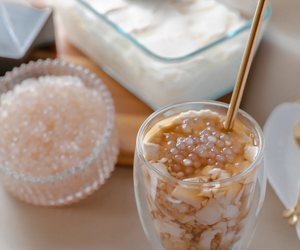
The natural way to sweeten a rice milk, oat milk or any other grain milk is to add a tablespoon of brown sugar (if possible organic) or a teaspoon of syrup (rice, agave, maple, etc.). The sweetener can be added inside the Vegan Milker filter when we prepare the milk or at the end of the process just before drinking the milk (so as not to condition the rest of the guests with our particular tastes).
Another interesting sweetener that also provides all type of minerals, including high content of calcium, is the pitted date. A couple of dates in the filter will sweeten the milk with a delicious dose of fructose.
Spices
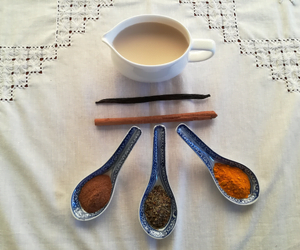
A teaspoon of cinnamon, ginger, cocoa, nutmeg or a pinch of vanilla improves the flavor of the oat or rice milk. It’s possible to add the spices inside the filter or to do it at the end, once we strained the milk when it’s heated in a saucepan.
We recommend to start by adding just a teaspoon per litre, since they are spices that could spoil the final flavor and even more when they are left to stand for 3-5 days (average time of consumption of homemade plant milk). For this reason, to avoid that the spices spoil the milk, we will try little by little until we find the ideal personal dose.
Nutritional supplements
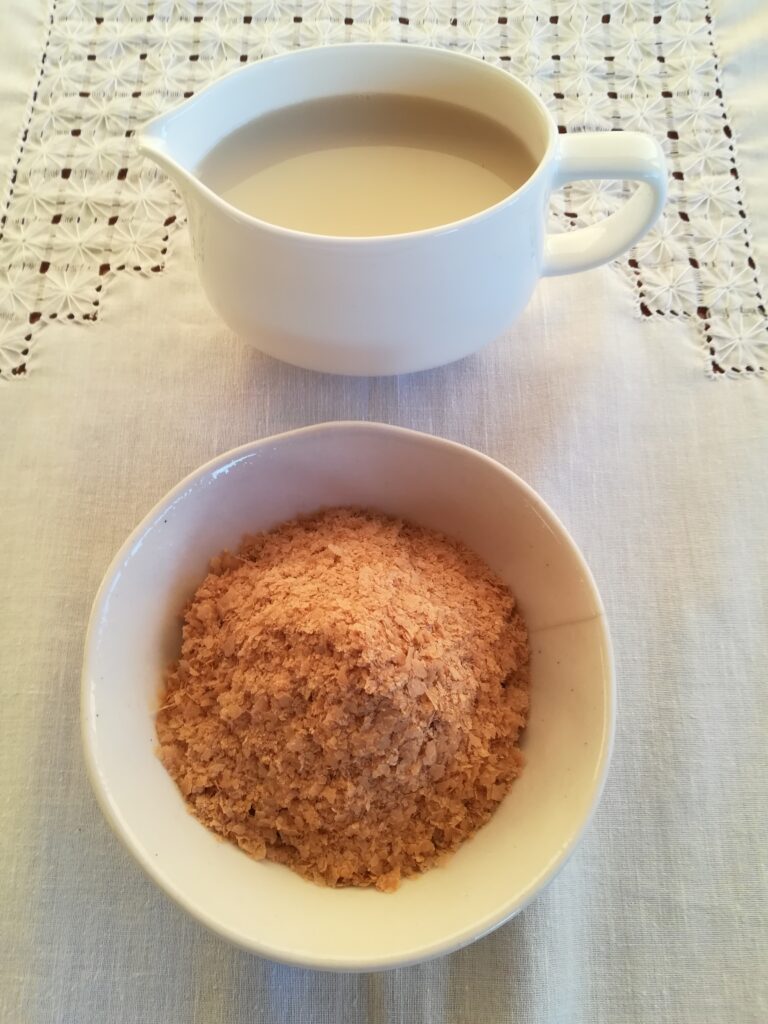
Just like spices, a teaspoon of brewer’s yeast, nutritional yeast or sunflower lecithin can enrich the milk with their fantastic nutritional properties while adding a special taste.
These nutritional supplements are added directly into the filter together with the other ingredients to be properly blended and emulsified. Their taste could be strong, so we will go slowly until we find the ideal measure.
Other seeds
Any other seed can help to improve the flavor of the grains milk. Adding a spoonful of sunflower seeds or toasted sesame seeds, or a handful of nuts in the filter adds attractive flavors to improve the final result.
As you can see, in addition to a sweetener and/or salt, you could use other spices, seeds and nutritional supplements, also mix different options in the same milk. We leave you 3 model recipes to inspire your next grain milk. Cheers!

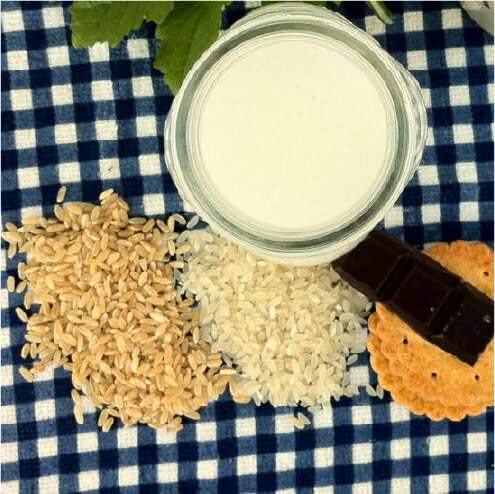


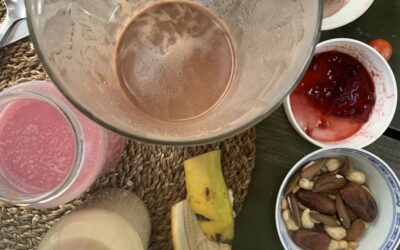


0 Comments